Architecture and urban transformations of Mdina during the reign of Grand Master Anton Manoel de Vilhena (1722-1736)
Abstract
The origins of the walled town of Mdina date back to the Roman period although its present-day physical boundaries were defined during the Arab occupation of Malta (870-c.1090). In medieval times, during the Aragonese rule (1283-1530), Mdina or the Città Notabile as it was then known, thrived and prospered as it was the main urban settlement on the island. However, during the 16th and 17th centuries when Malta was under the rule of the Order of St John, Mdina was in decline and lost its political and economic preeminence to the new ‘city of the Order’, Valletta.
This paper will consider the impact of the 1693 earthquake and the various post-earthquake reconstruction efforts of the local church which sought to consolidate its presence as the traditional Episcopal see. The reconstruction of the old medieval cathedral, a new bishop’s palace and later a Seminary building were an integral part of an architectural enterprise, which the Cathedral Chapter spearheaded with a view to enhancing its presence within the city. However in 1722, with the election of the Portuguese grandmaster António Manoel de Vilhena (r. 1722-1736), the Order of St John for the first time demonstrated a real interest in intervening within the walled town. Vilhena embarked upon an extensive urban renewal programme by re-planning the entire approach and entrance area of Mdina, building an imposing Baroque-style Magisterial palace and Corte Capitanale, together with an ornate Banca Giuratale building. Vilhena’s urban renewal of the Mdina had the political objective of appropriating the representation of the walled town from the traditional seat of the bishop and local Università, and of transforming it into another miniature ‘city of the Order’.
Parole chiave
Full Text
PDF (English)DOI: https://doi.org/10.14633/AHR054
Refback
- Non ci sono refbacks, per ora.
Copyright (c) 2017 Conrad Thake

This work is licensed under a Creative Commons Attribution-NonCommercial 4.0 International License.
........................................................................................................................................................................................................................................................................................................................................................
ArcHistoR è una rivista open access e peer reviewed (double blind), di Storia dell’architettura e Restauro, pubblicata dall’Università Mediterranea di Reggio Calabria con cadenza semestrale.
ISSN 2384-8898
![]()

Comitato scientifico internazionale
Maria Dolores Antigüedad del Castillo-Olivares, Monica Butzek, Jean-François Cabestan, Alicia Cámara Muñoz, David Friedman, Alexandre Gady, Jörg Garms, Miles Glenndinning, Mark Wilson Jones, Loughlin Kealy, Paulo Lourenço, David Marshall, Werner Oechslin, José Luis Sancho, Dmitrij O. Švidkovskij
Comitato direttivo
Tommaso Manfredi (direttore responsabile), Giuseppina Scamardì (direttrice editoriale), Antonello Alici, Salvatore Di Liello, Fabrizio Di Marco, Paolo Faccio, Mariacristina Giambruno, Bruno Mussari, Annunziata Maria Oteri, Francesca Passalacqua, Edoardo Piccoli, Renata Prescia, Nino Sulfaro, Fabio Todesco, Guglielmo Villa
 .
. 


2.jpg)
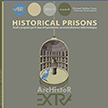
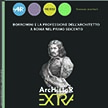
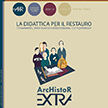

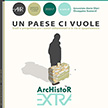
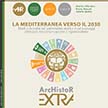
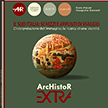
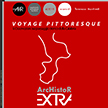
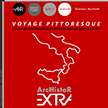
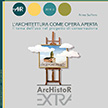
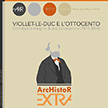
_2.jpg) .
. 
 .
. 

